[person_by] Hiryczuk / Van Oevelen Sjoerd van Oevelen Elodie Hiryczuk
August 2021
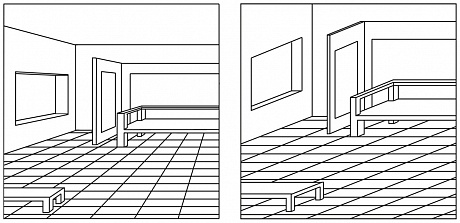
Diagrams illustrating the differences between Western and Chinese perspective,
Benjamin March
The most general criticism aimed at Chinese paintings by Westerners seems to be concerned with the representation of distance, and very often takes the form: Chinese paintings have no perspective. This is, of course, not only untrue, but it is not what the critic meant to say.
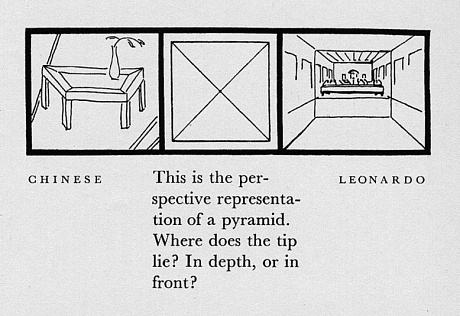
A. and Pangeometry (image 3), El Lissitzky, 1925
El Lissitzky
1925
Perspective is nothing but a convention for representing distance, and though the term is sometimes limited to mean the type of projection generally used in the West, it properly includes any and all devices for representing three dimensions in tw …
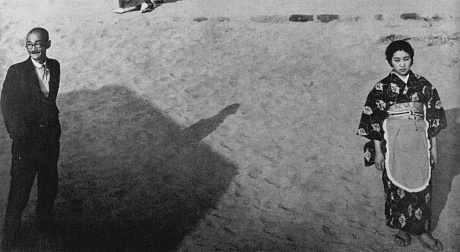
Hiryczuk / Van Oevelen Elodie Hiryczuk Sjoerd van Oevelen
2015
The Detached Gaze presents a collection of images and texts Hiryczuk / Van Oevelen have collected during their artistic research over the past 5 years.
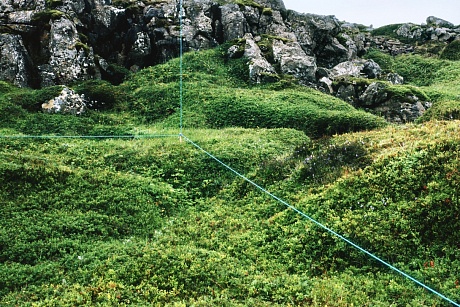
Field Experiments II, Hiryczuk/ Van Oevelen, 2011
Hiryczuk / Van Oevelen Elodie Hiryczuk Sjoerd van Oevelen
2014
Photography is generally understood as a means to produce images of reality. The analogy between the optical functioning of the photographic lens and our human eye even makes us believe that photography generates an accurate representation of what we see.
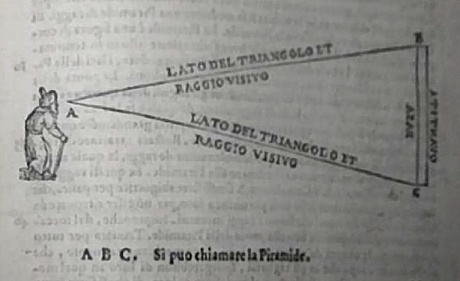
Leon Battista Aberti, Della Pittura, Section of the Visual Pyramid and the Picture Plane, 1435, Leon Battista Alberti, 1435
Hiryczuk / Van Oevelen Elodie Hiryczuk Sjoerd van Oevelen
2015
From a philosophical point of view the thoughts behind Pangeometry share many resemblances with Eastern concepts in which reality is not exclusively considered from a human perspective.